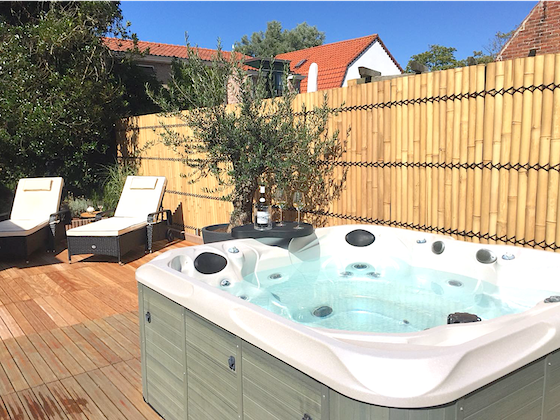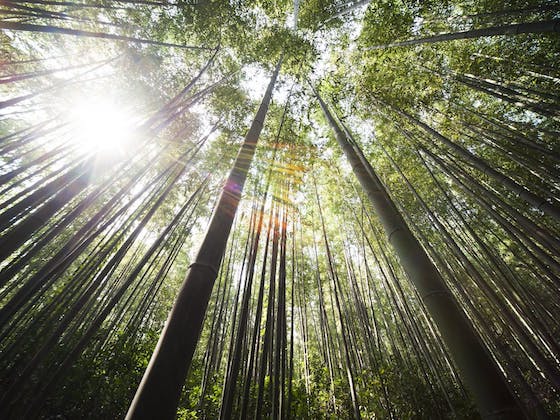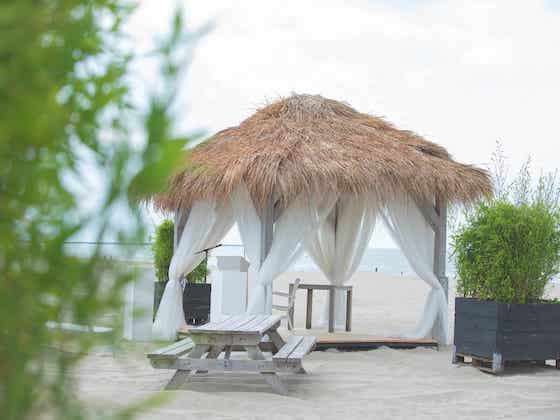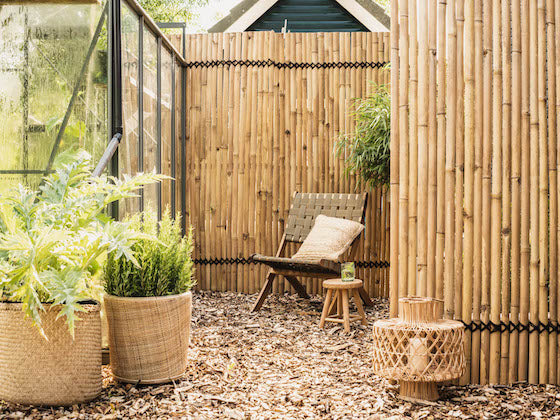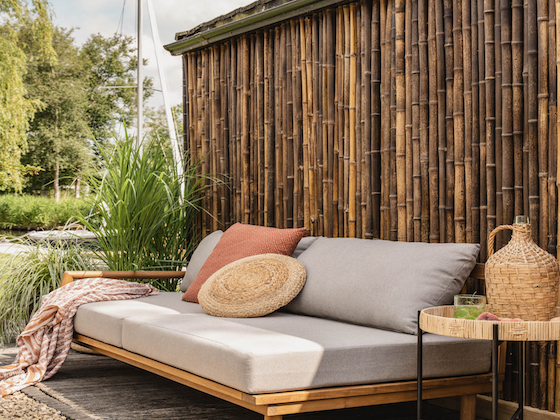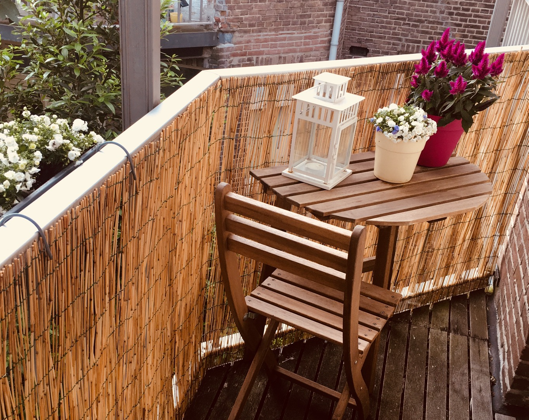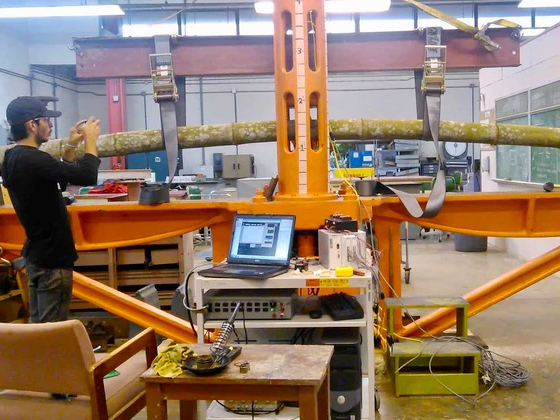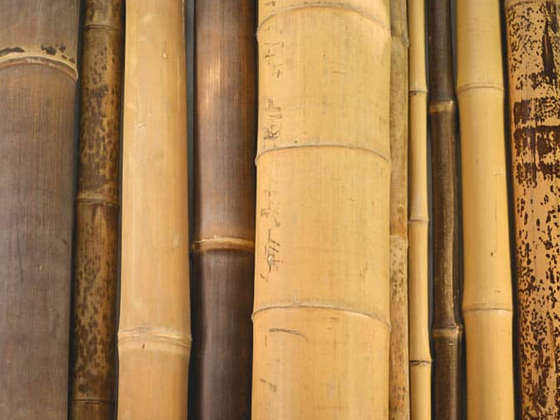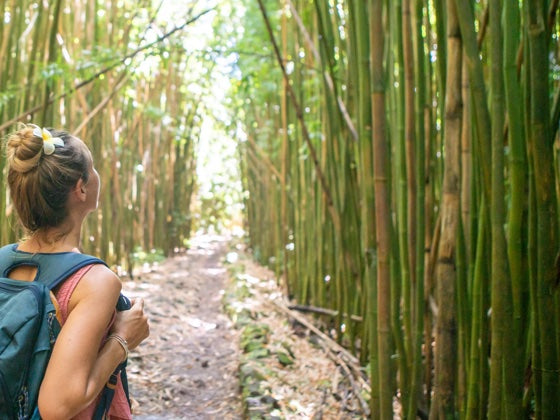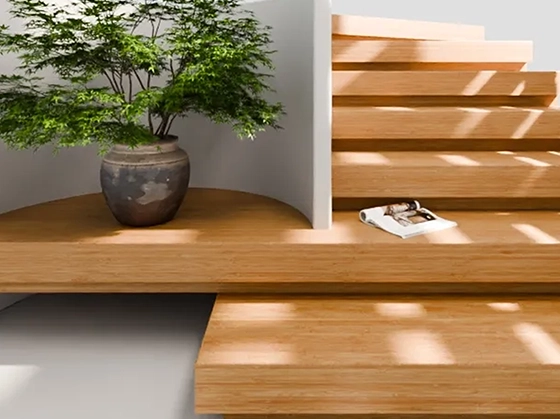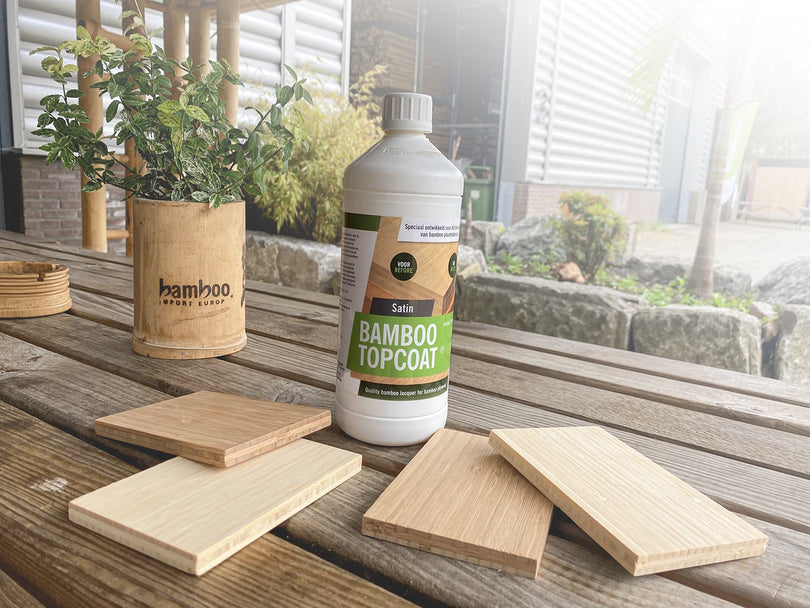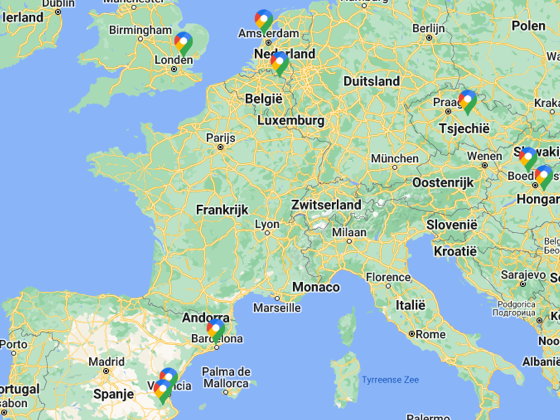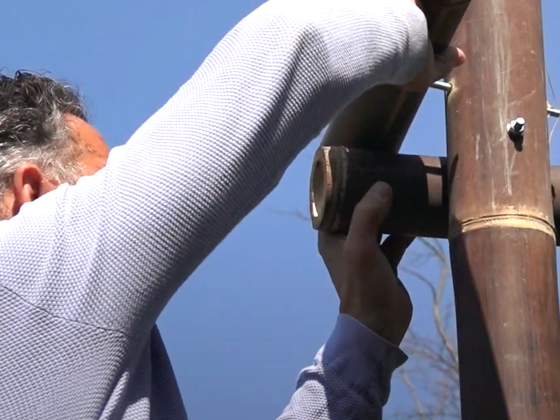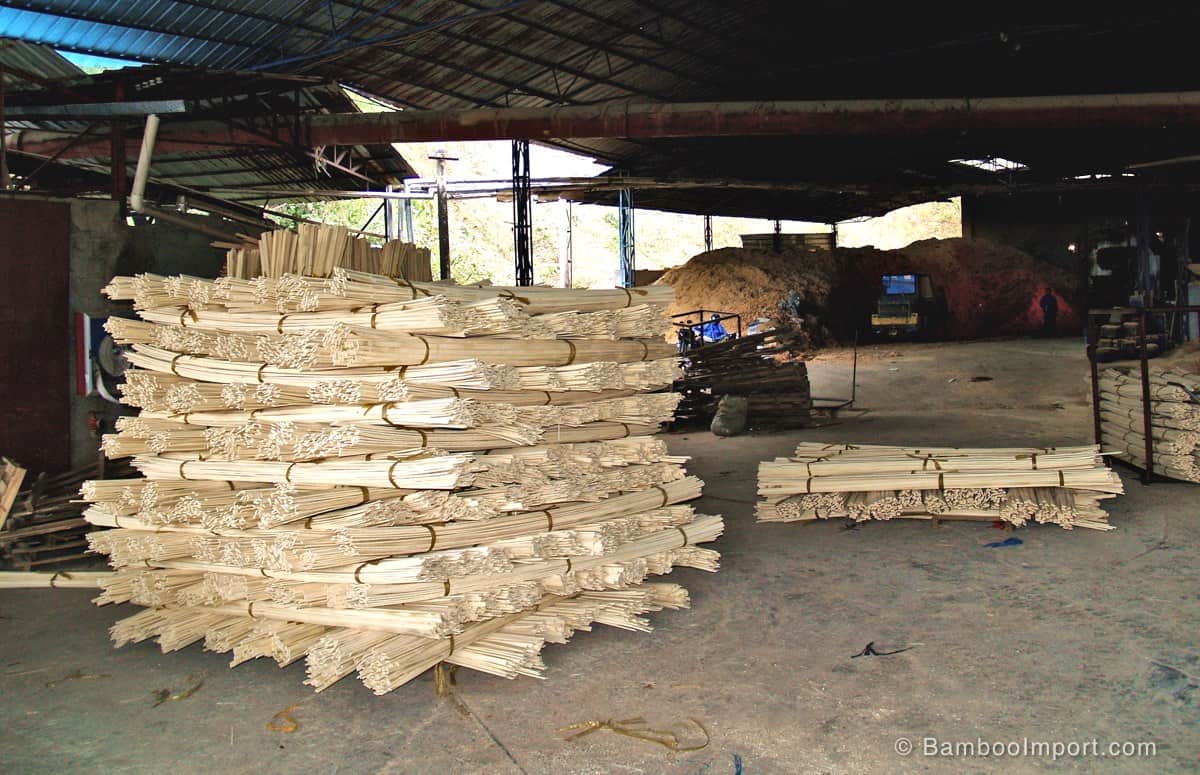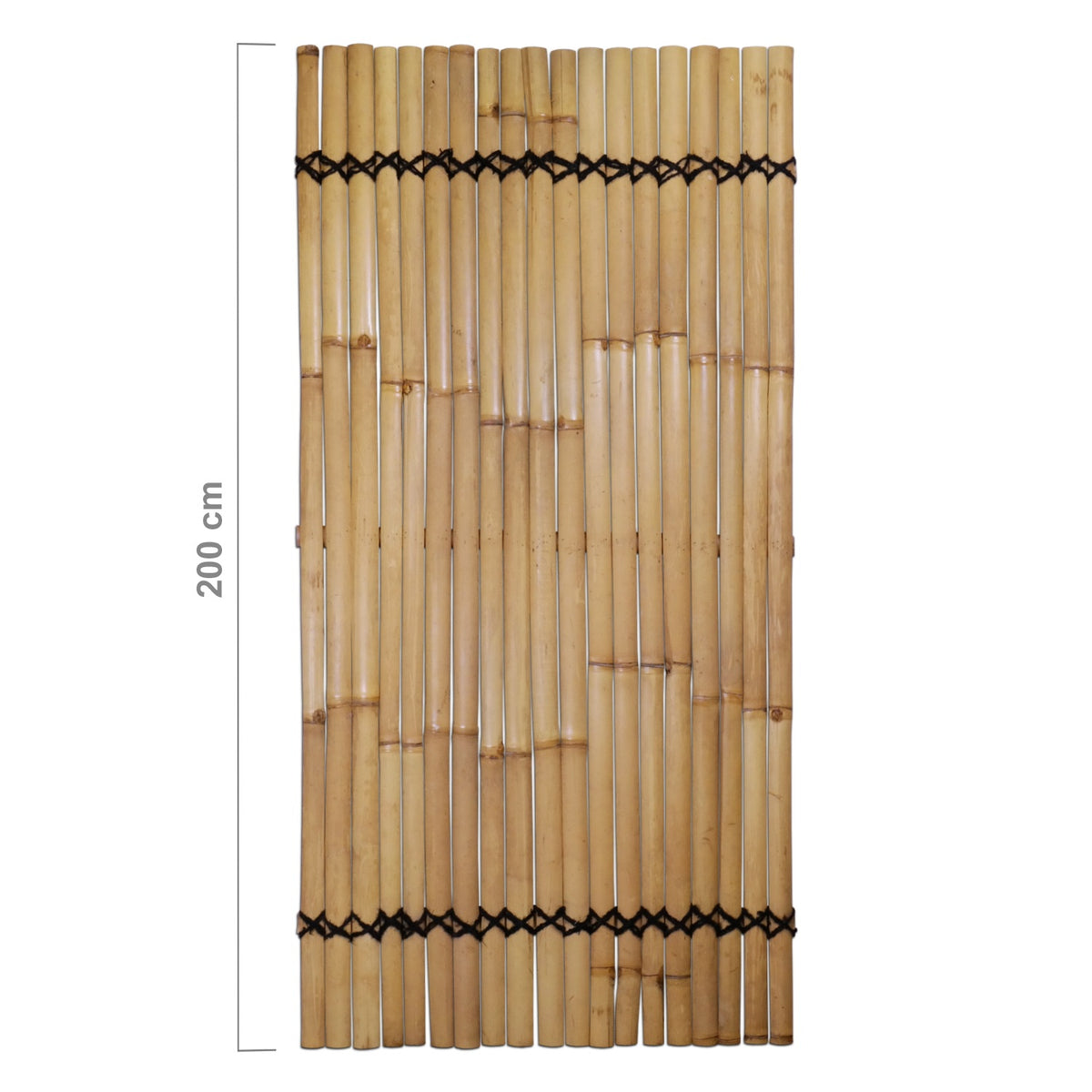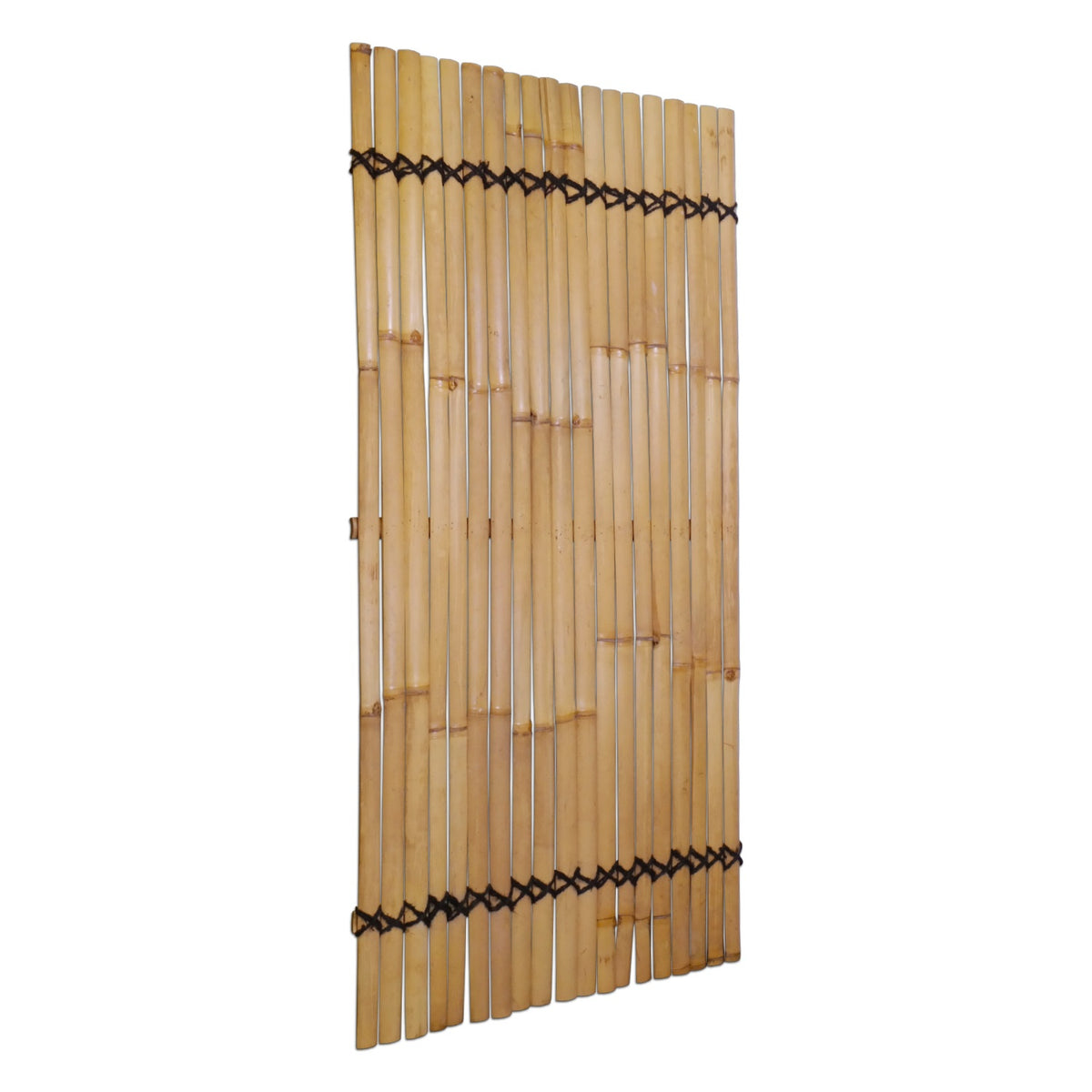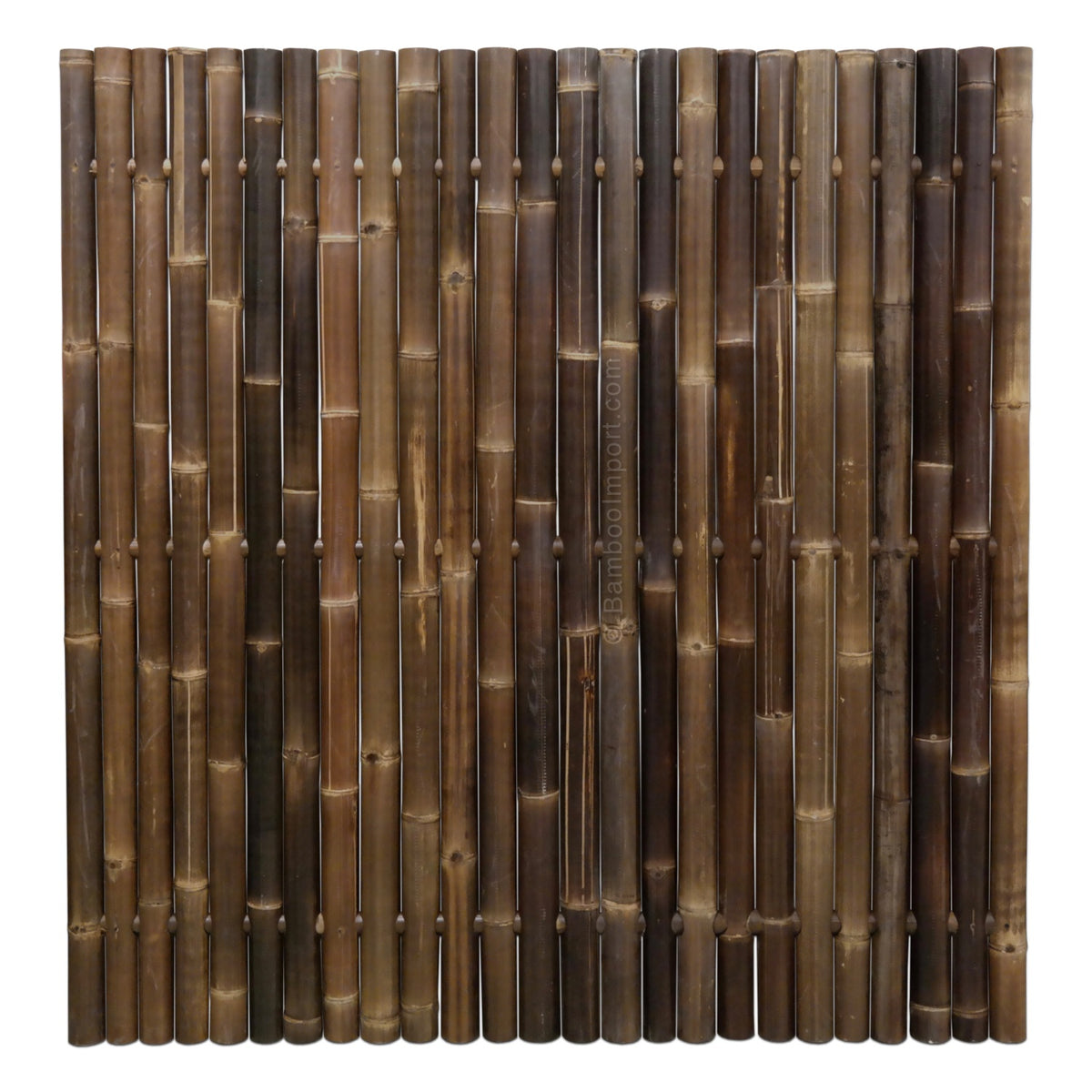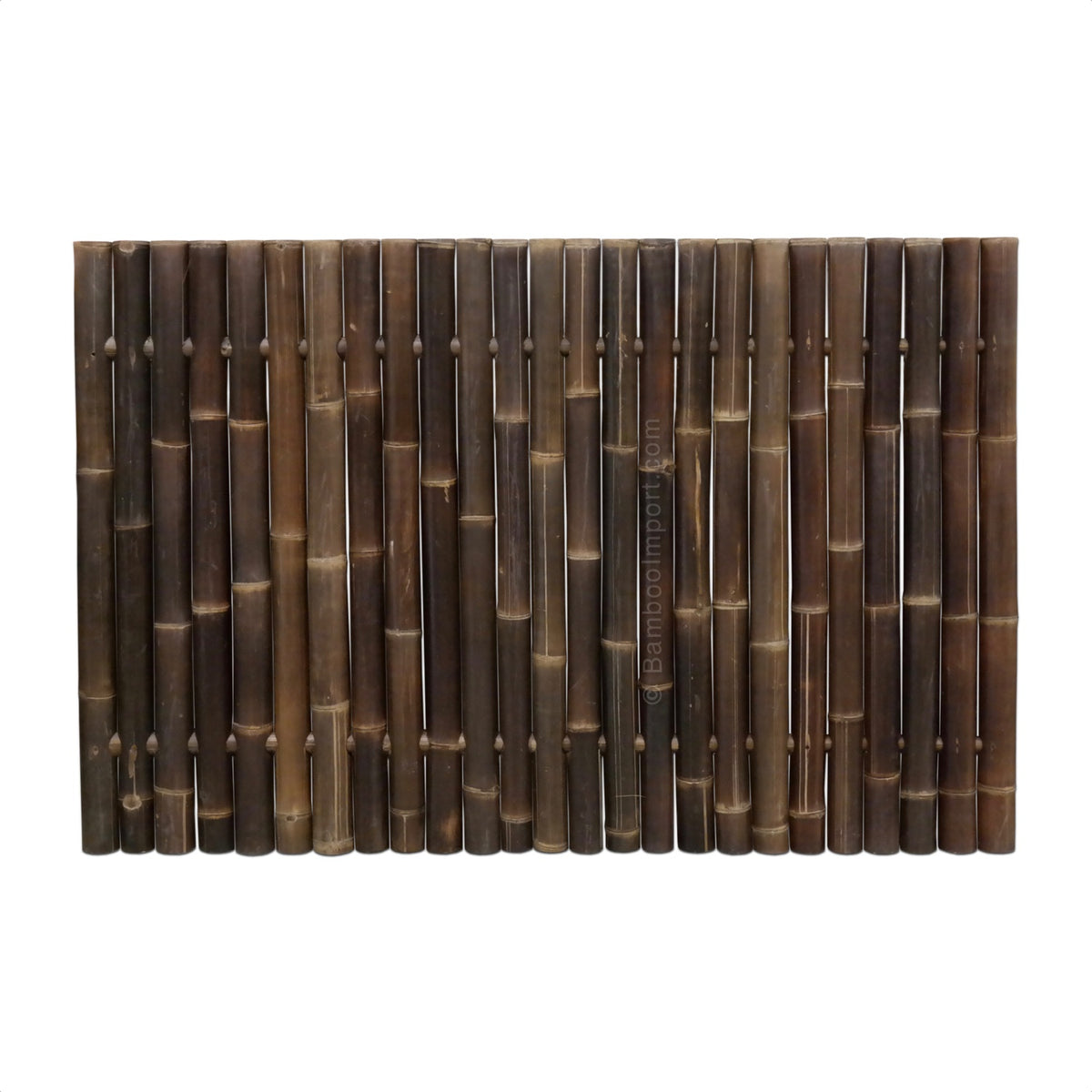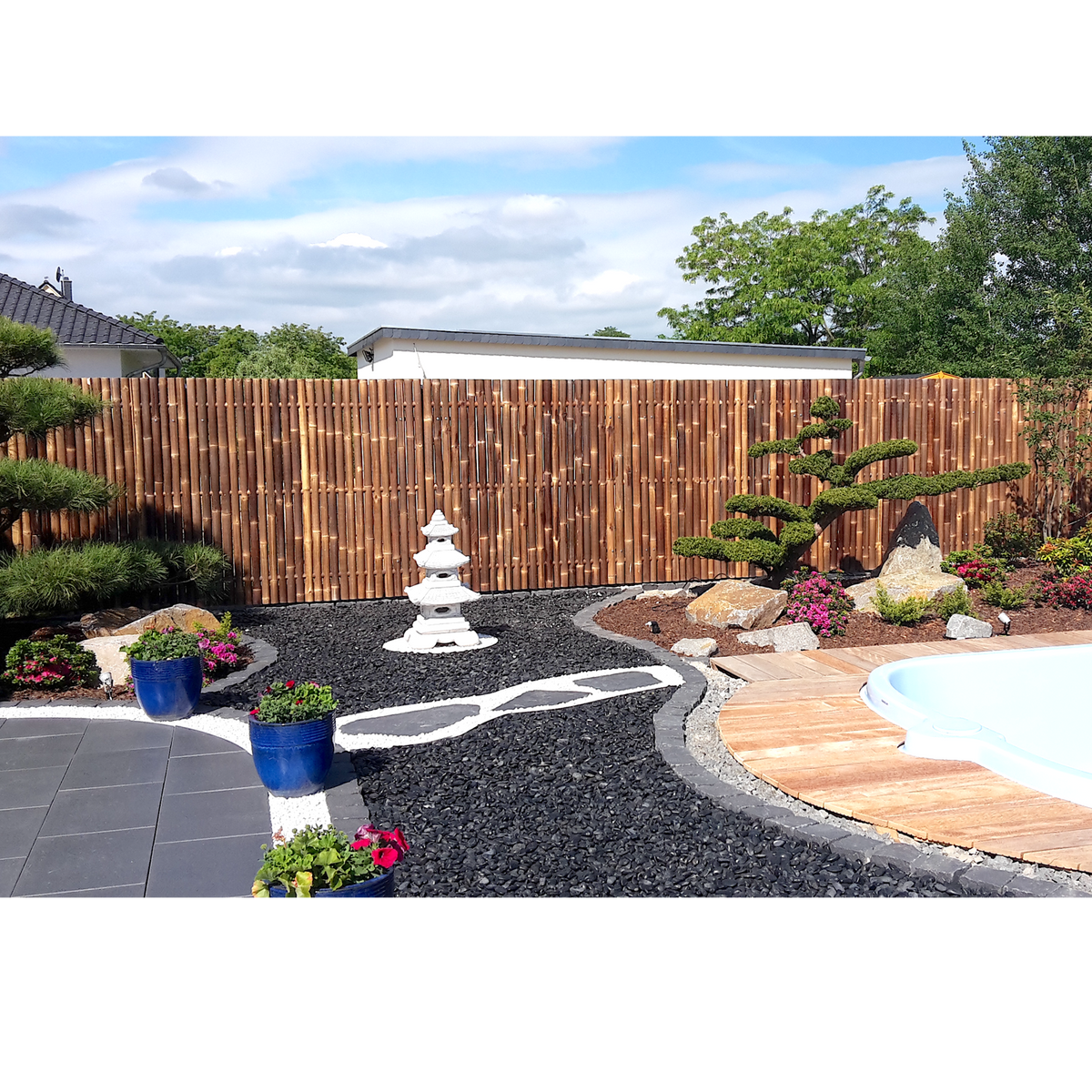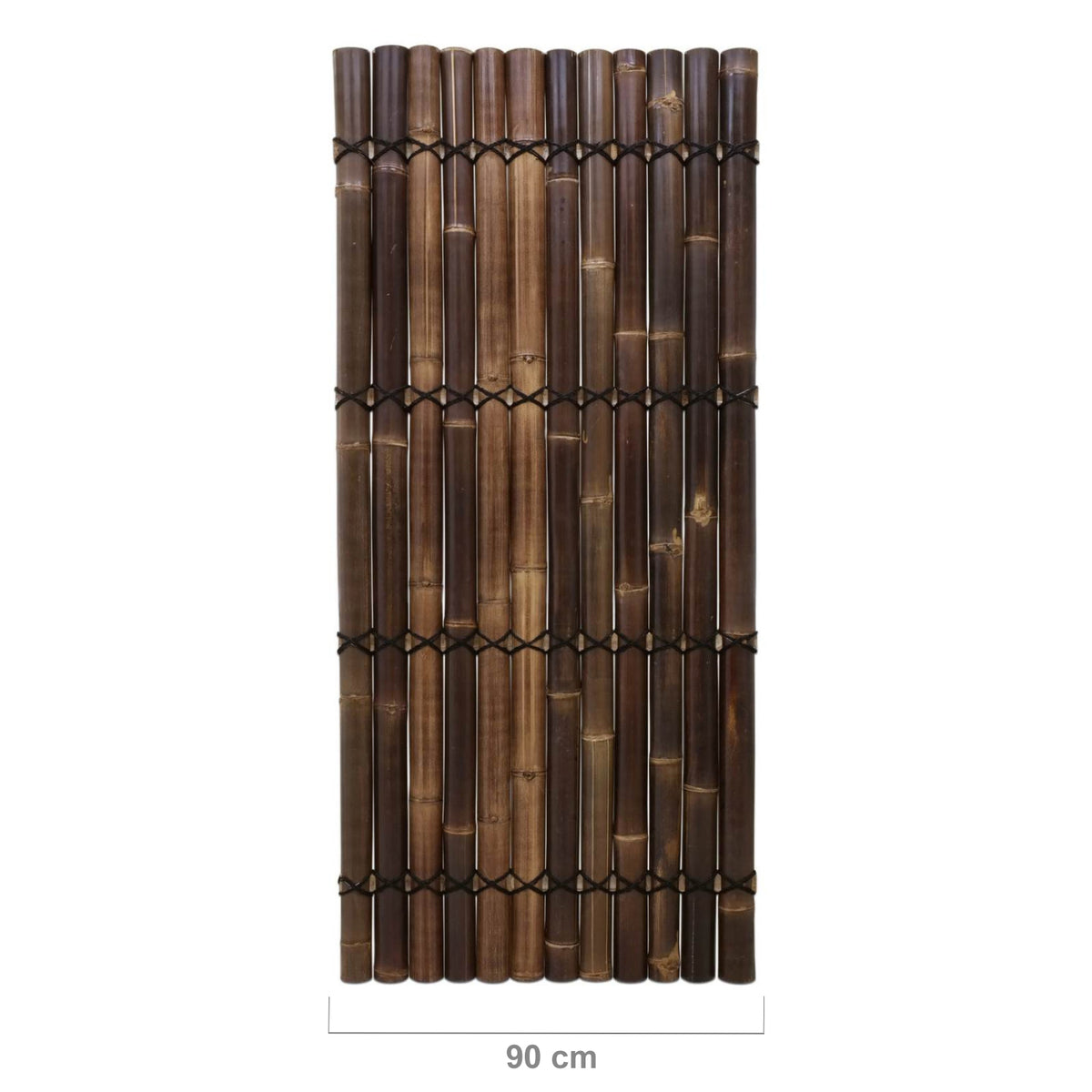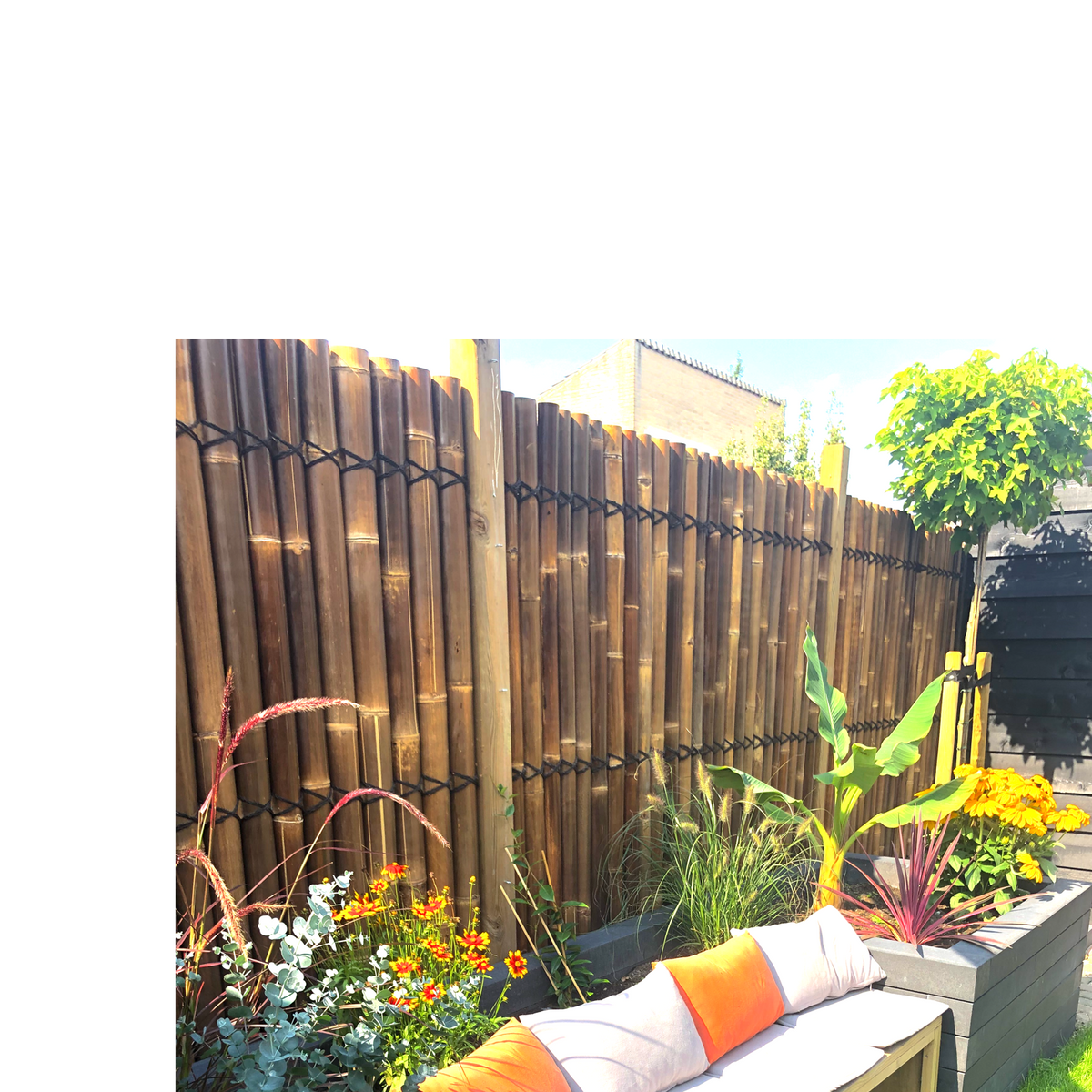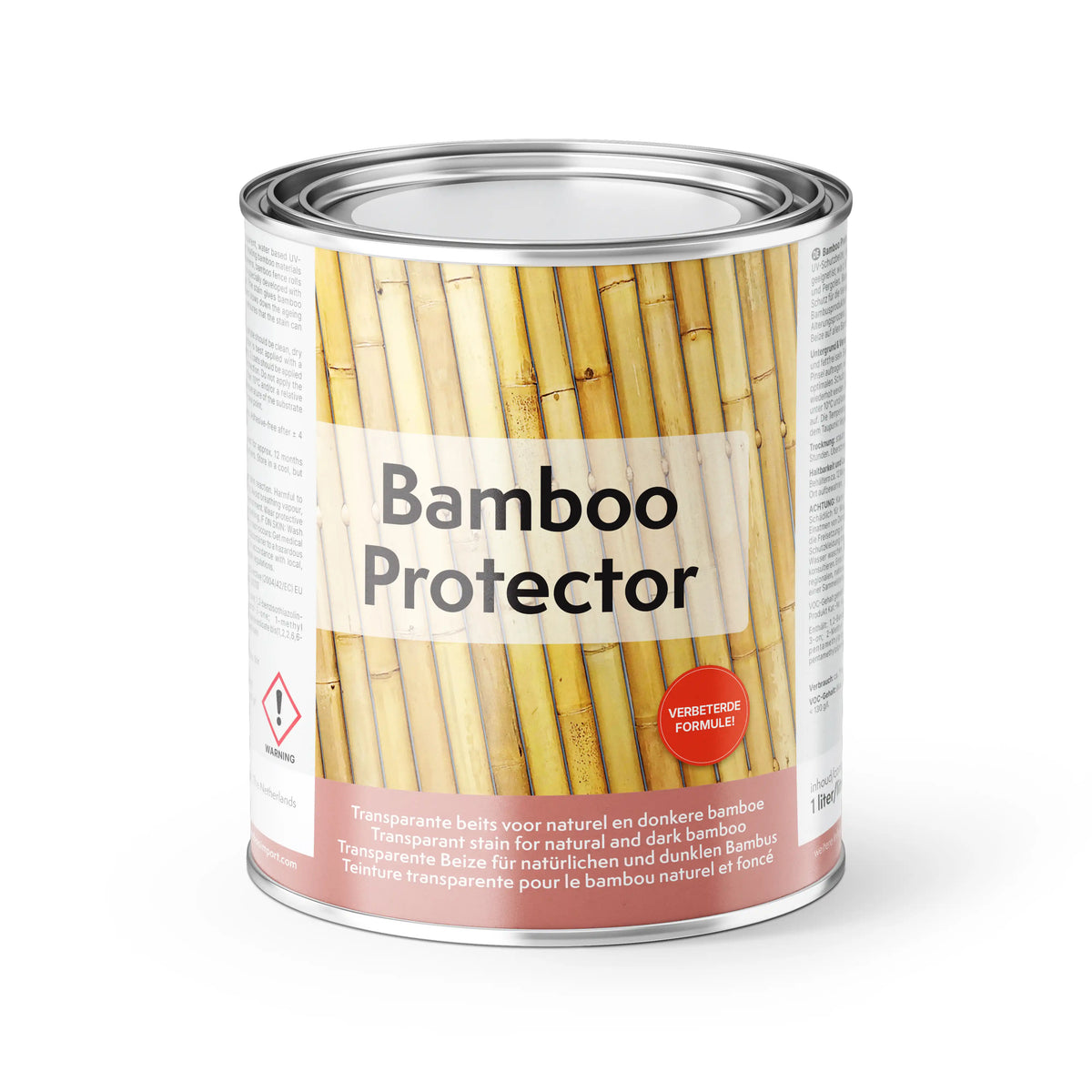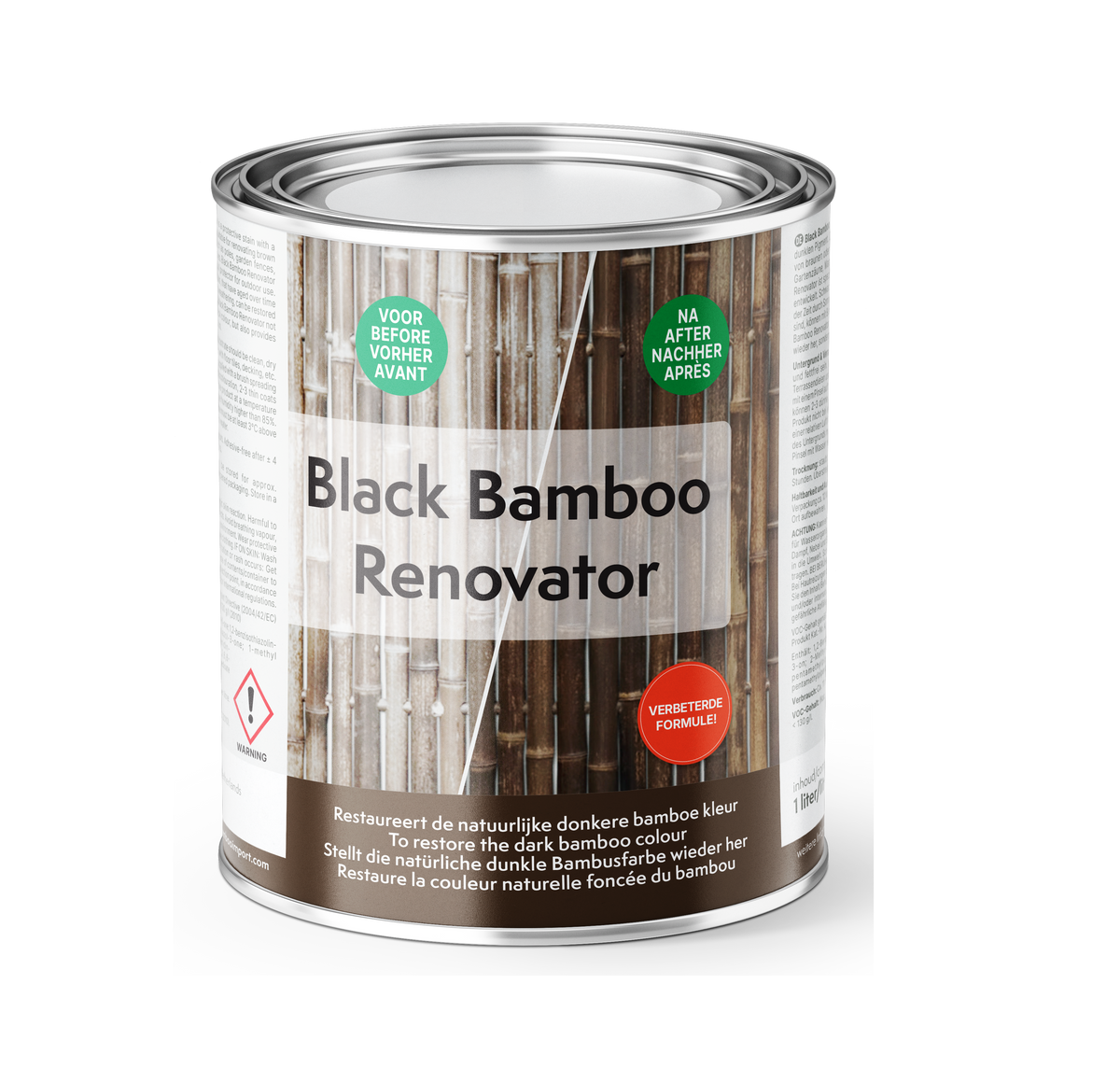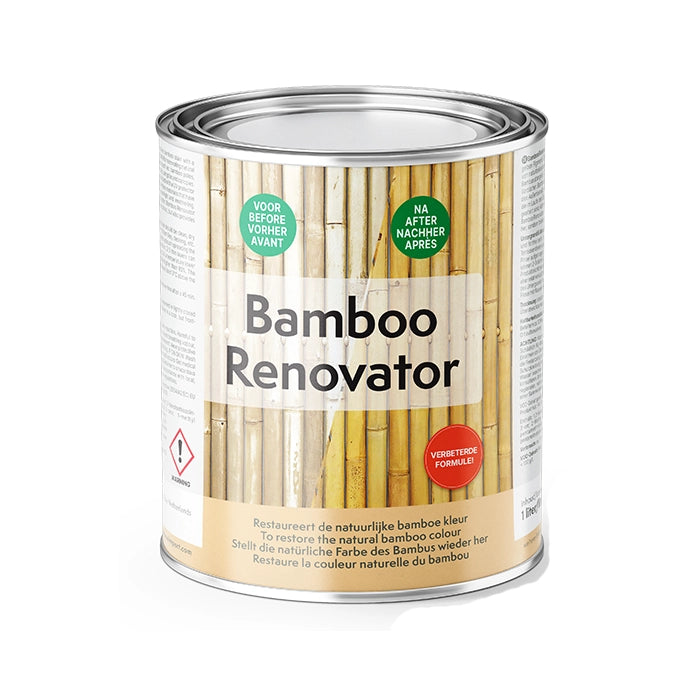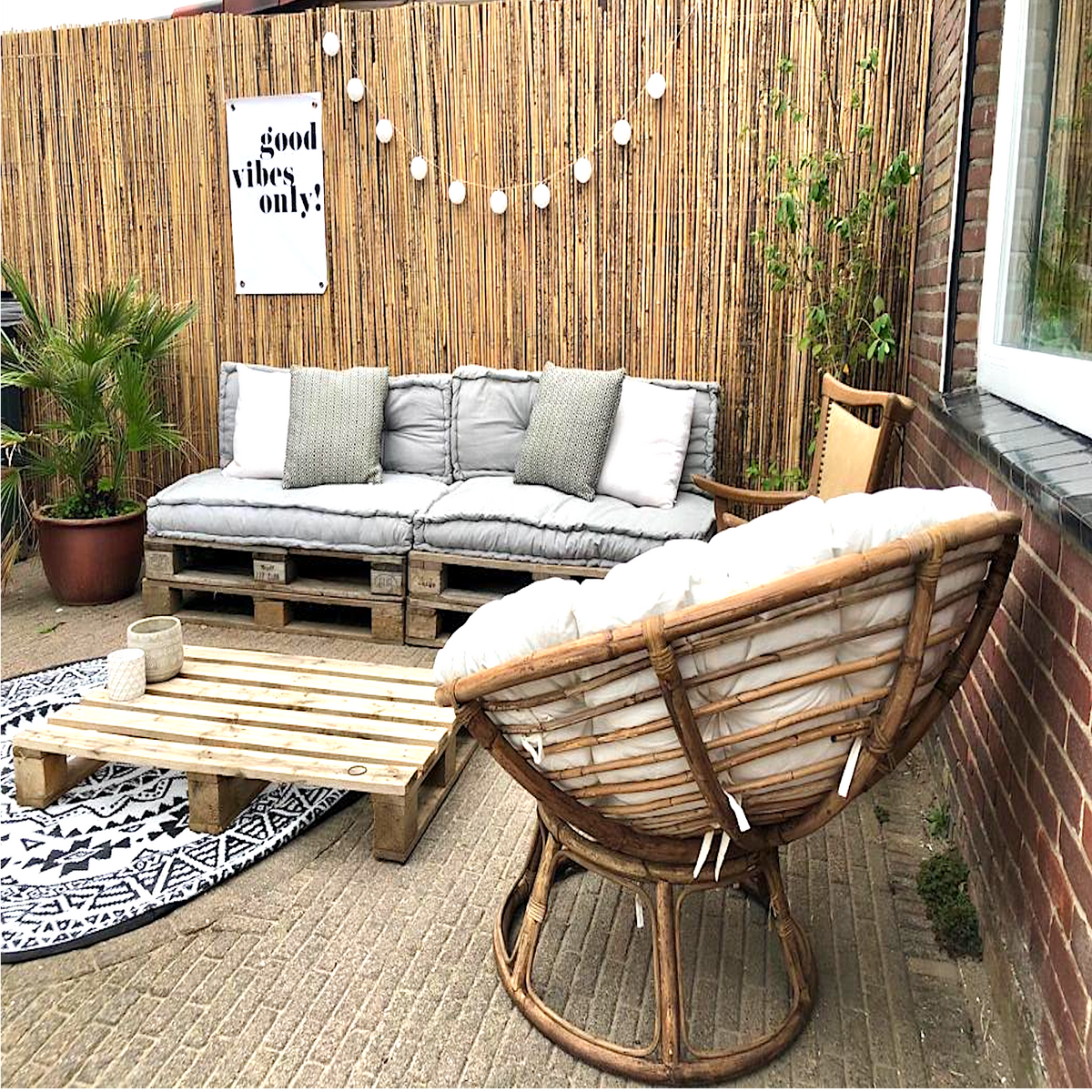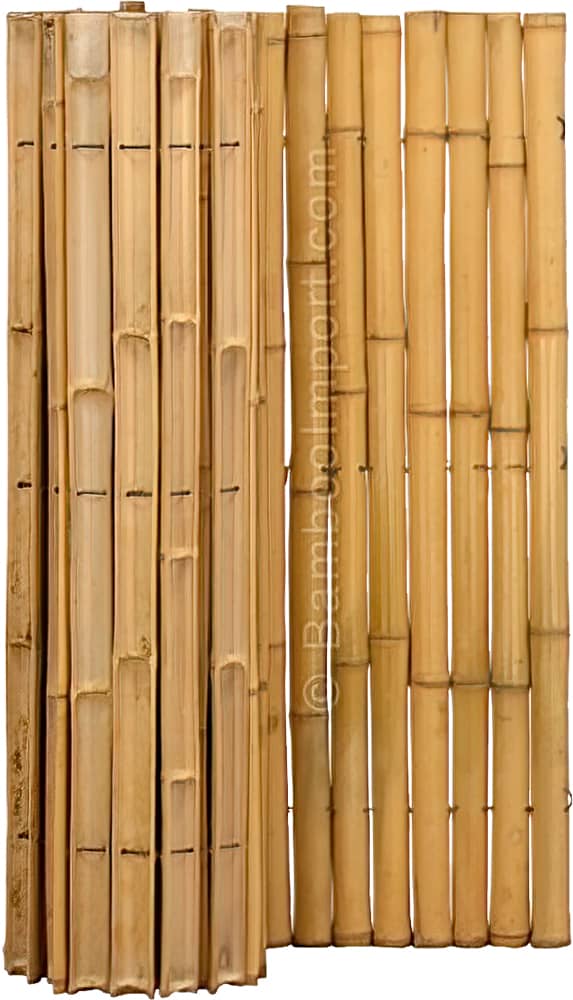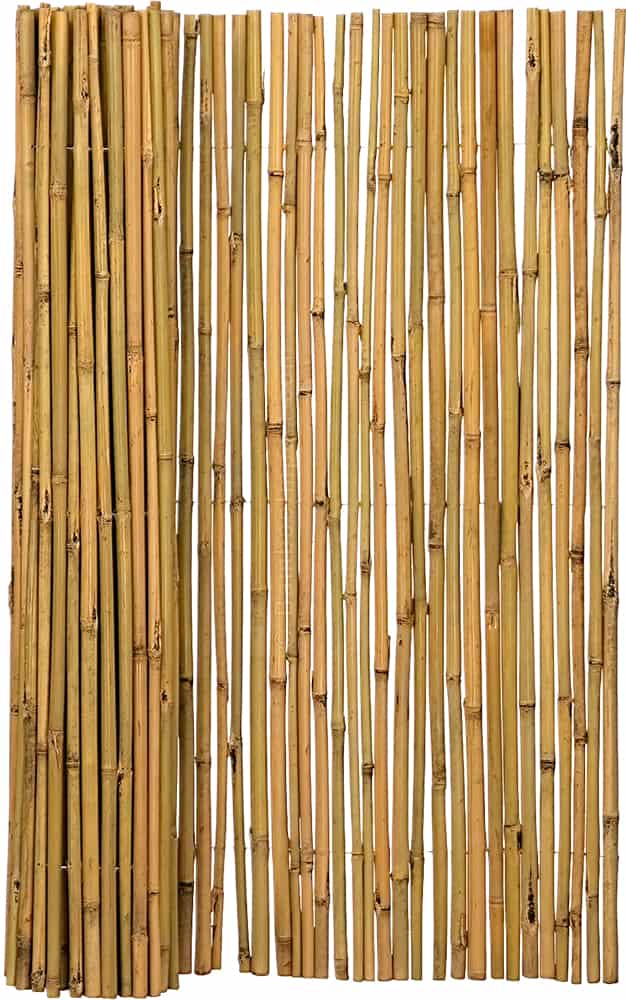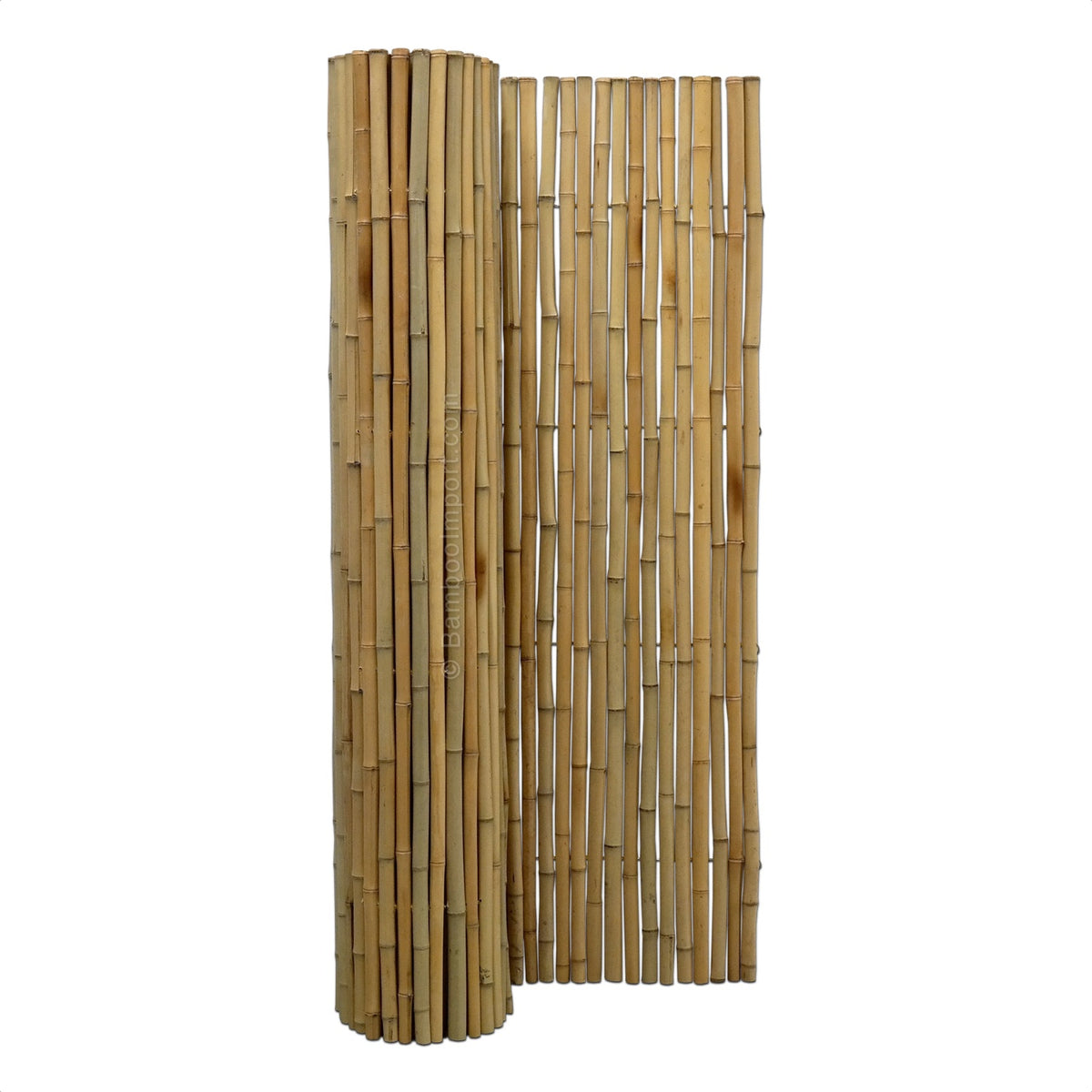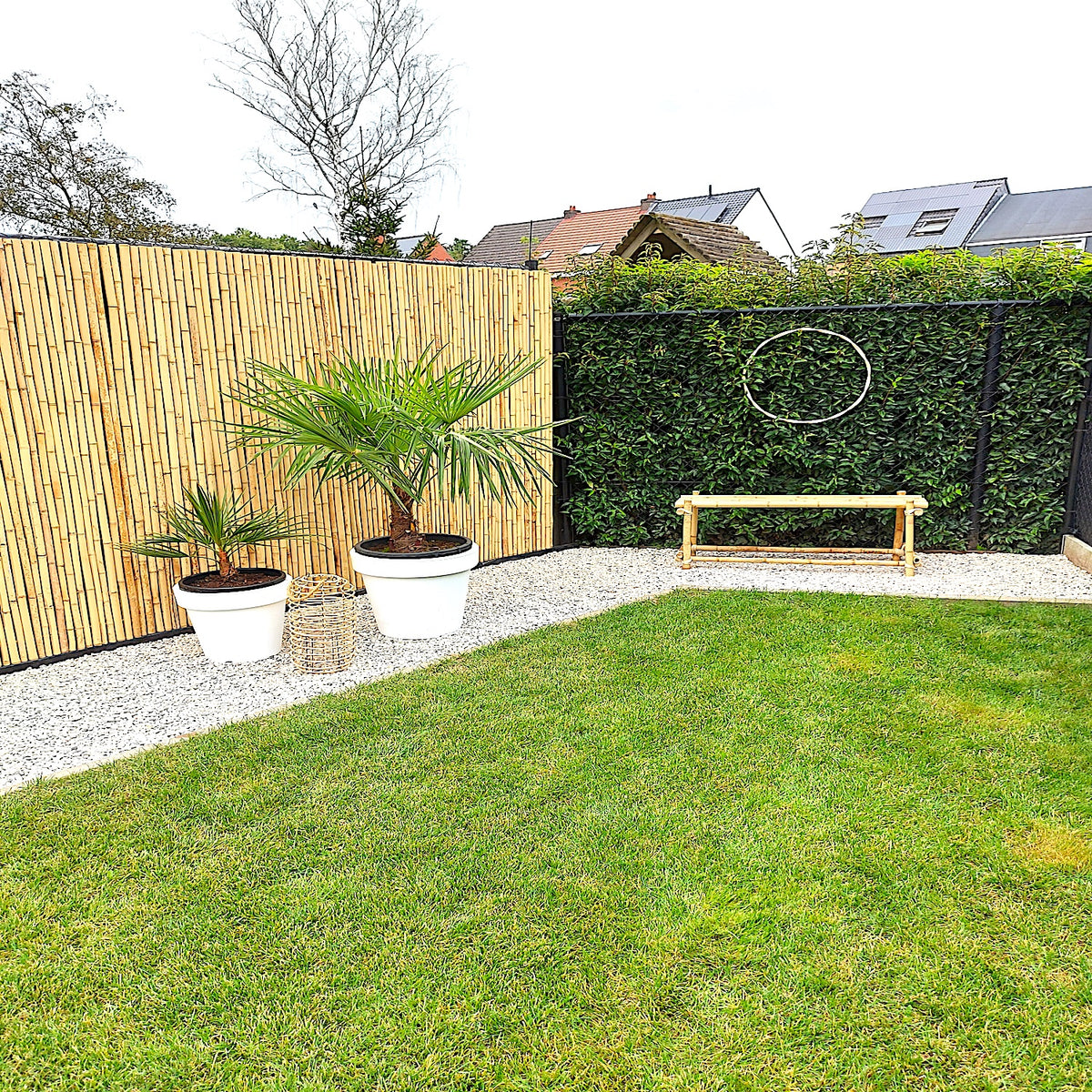Bamboo is a renewable resource that has become one of the most important alternatives to tropical hardwood in recent years. When you see bamboo flooring, kitchen cabinets, or cutting boards, you may have wondered how round, hollow bamboo logs are made into solid bamboo sheets? In this blog, we'll explain.
First of all, it's important to know that solid bamboo panels can be divided into two main groups: "laminated bamboo" and "composite bamboo" (or a combination of both). Semi-finished products such as OSB, MDF, particleboard, plywood, woven mats, etc. can also be made from bamboo fibers or bamboo chips, but panels composed on the basis of bamboo strips (laminate) or bamboo strands (composite) are by far the most commonly used in Europe. This blog explains how simple panel material is made. You can read how composites are made in another blog.

Laminated bamboo
Laminated bamboo sheet material is made from flat, rectangular bamboo strips cut from a bamboo stem. These strips or "slats" are then glued together horizontally or vertically. The terms "plain pressed" for horizontally glued strips and "side pressed" for vertically glued strips are commonly used here.

Because bamboo panels are made of individual strips, they exhibit less movement (shrinkage and swelling) than solid wood. However, the way bamboo boards are constructed affects the board's strength, flexibility and stability.
For example, a 1-layer board will break more quickly in width than a 3- or 5-layer board. A 5-layer board is also stronger than a 1-layer or 3-layer board and therefore less likely to warp. So in general, the more layers, the more stable the board.
The layer structure is also important for the appearance of a bamboo board. With horizontally glued boards, the bamboo knots are very visible, giving a unique appearance. For applications such as stair treads, tables, kitchen countertops, cabinets, furniture panels, etc., where the side view can be seen, a particular layered construction may also be important.
Step 1. Harvest bamboo
Moso Bamboo or Phyllostachys edulis is the bamboo species of choice for making panel material. This giant Chinese bamboo is known as the hardiest bamboo species in the world, averaging up to 20 feet tall and 10 inches in diameter.
A bamboo trunk reaches its maximum height after only a few months and does not grow taller or thicker after that. In the following 4 years, the fibers "lignify" and acquire excellent mechanical properties (hardness, strength, dimensional stability) comparable to hardwood.
In a bamboo plantation, mature stems can be harvested every year at the age of 4 to 5 years, while new shoots keep growing. Bamboo is therefore an inexhaustible resource, unlike hardwood, which must be replanted and often cannot be harvested for 50 to 100 years.


Step 2. Selection of bamboo logs
Bamboo logs with an average diameter of 9 cm are selected for the production of panel material. These are then cut to a length of 250 cm.
Step 3. Splitting the bamboo trunks
The round bamboo trunks are put into a special machine that processes them into rough bamboo slats. In this process, the bamboo poles are pushed through a metal "splitter" (star-shaped blades) that splits them completely.


Step 4. Planing bamboo slats
Rough bamboo slats are still very irregular in shape and texture after splitting. To free the slats from their green outer skin and branch residues, they are planed straight with a special machine measuring 22 x 6 mm.


Step 5. Cooking bamboo strips
To protect bamboo from insects and fungi, they are boiled in hydrogen peroxide for about 7 hours. This treatment has the added benefit of fading the bamboo strips and giving them a nice uniform color.
Step 6. Caramelization
Optionally, the bamboo strips are placed in a high pressure tank for several hours to caramelize. The combination of heat and pressure releases the natural sugars in the bamboo, giving the strips their signature brown or caramelized color.

Step 7. Drying and sanding
After cooking/caramelizing the bamboo strips, they are stored in a drying chamber for about 5 days until the strips reach a moisture content of 8-10%. The strips are then sanded one last time to the dimensions of 20 x 5 mm.

 Above: drying and sanding, below: Selection of the strips
Above: drying and sanding, below: Selection of the strips
Step 8: Selection of the bamboo strips
After the bamboo strips have been treated and dried, they are checked one last time for color and quality before being made into panel material.
Step 9. Horizontal pressing
As mentioned earlier, bamboo strips can be glued/pressed together horizontally or vertically. For a "single pressed" board, the bamboo strips are placed horizontally next to each other and glued together. This creates a single-layer board with a wide line pattern in which the characteristic bamboo knots are clearly visible.
Horizontally glued bamboo boards have a thickness of 5 mm. To make thicker boards, several layers are glued together, usually crosswise.


 Horizontal pressing
Horizontal pressing
Step 10. Vertical pressing
In a "side pressed" board, the bamboo strips are placed vertically next to each other and glued/pressed. This creates a 1-ply board with a fine line pattern, where the bamboo nodes are almost invisible.
Vertically glued bamboo boards have a thickness of 20 mm. To make thicker boards or beams, several layers are glued together.


Step 11. Sawing
To make vertically glued panels thinner, the 20 mm thick panels are placed on their side and passed through a band saw. These bamboo boards can be used to make all kinds of boards consisting of 3-5-7 or 9 layers.


Step 12. Sanding of the bamboo boards
Als laatste stap van het productieproces worden de Bamboe Platen door een schuurmachine gehaald voor een perfecte vlakke en gladde afwerking.
Step 13. Quality control
During packing, the bamboo panels are checked one last time for any defects.
Are you also interested in working with bamboo panels? Then order your bamboo panels in our webshop today!

